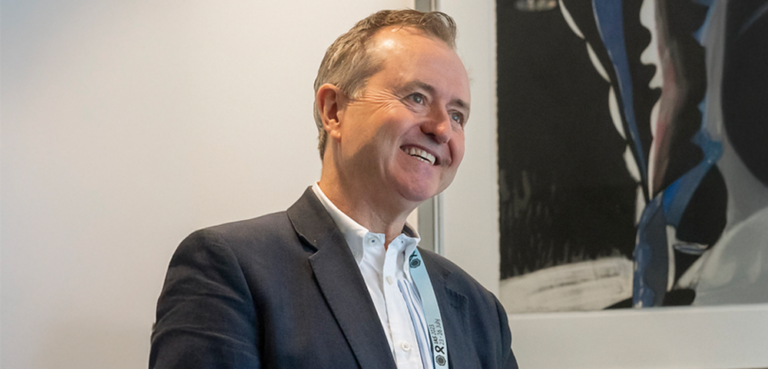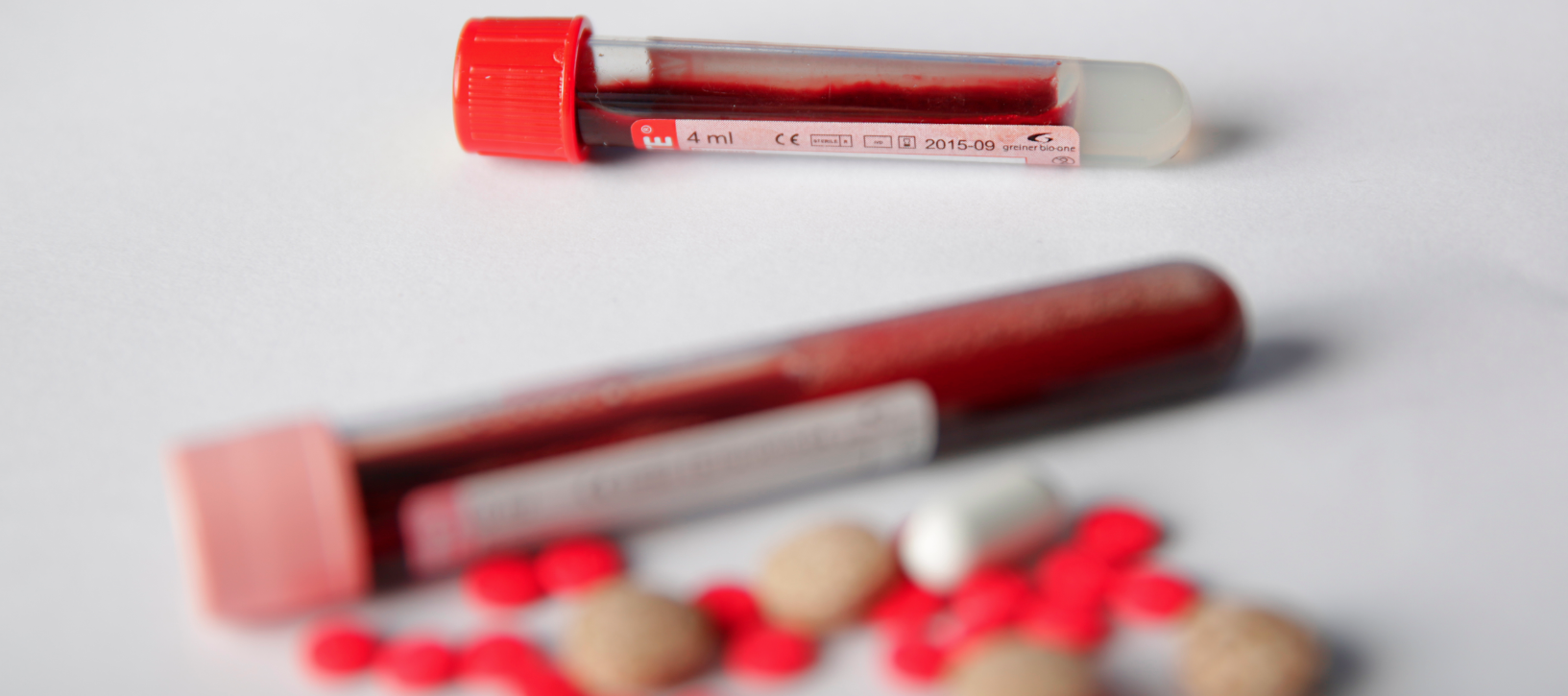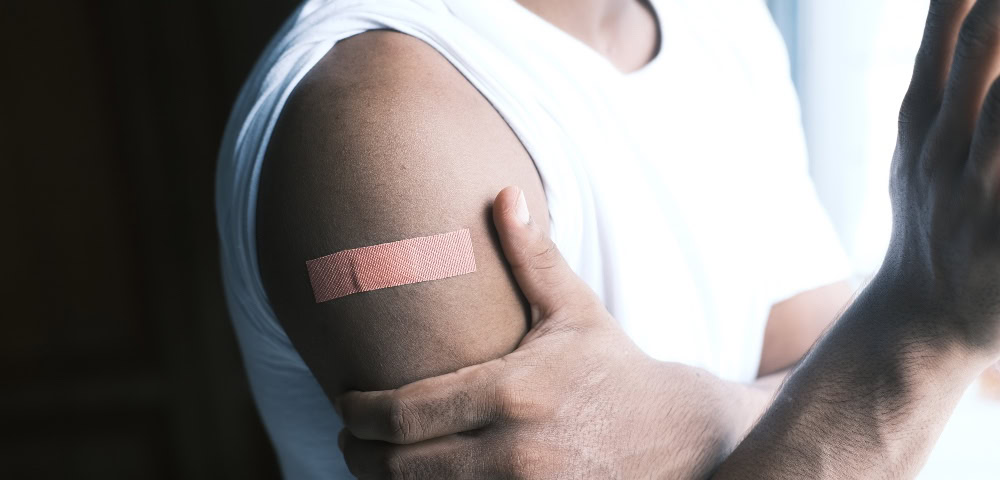
Reducing the risk
There has been some discussion in the community with regards to minimising the risk of HIV transmission when there is an undetectable viral load or when using and Pre-Exposure Prophylaxis (PrEP). Neither method offers 100 percent success when it comes to preventing HIV transmissions and we maintain that condoms and water based lube are the safest way to prevent getting or passing on HIV and other sexually transmitted Infections (STIs).
However, for many reasons, some guys struggle with using condoms all the time, which is when other methods to minimise risks of HIV transmission are better than none. It is all about having a variety of tools to use to our advantage.
So, how does using undetectable viral load to minimise risk actually work? Keeping in mind that the evidence we so far have comes from predominantly heterosexual couples, the hypothesis behind it is that a HIV positive person will have less chances of transmitting HIV if, for at least a period of six months the person:
1. Is on successful antiretroviral treatment, with good adherence (taking antiretroviral drugs regularly without missing doses).
2. Has a stable undetectable viral load (which is the amount of virus in the blood, undetectable is under 40 to 50 copies per millilitre of blood )
3. Has no STIs. A couple of studies performed in the United States demonstrated that having an STI was responsible for an increase in HIV viral load in semen, even if the viral load on the blood is undetectable.
In July 2012, the US Food and Drug Administration approved Truvada as the first antiretroviral drug to be used to reduce the risk of sexually acquired HIV infections. Even though there is no application to the TGA in Australia yet, there are conversations taking place in the community about Pre-Exposure Prophylaxis (PrEP).
How does PrEP work? It consists of the use of antiretroviral drugs by HIV-negative men, to prevent them from acquiring HIV. There are some important issues to consider in relation to PrEP:
1. Can the individual afford the cost of the treatment, which in the US is about $11,000 to $14,000 per year?
2. Can someone be sufficiently adherent to the drugs?
3. Could guys on PrEP become a target of community criticism in terms of their reluctance to use condoms?
Biomedical advances contribute greatly to the number of tools we now have to prevent HIV transmission; however, it can be a challenge in terms of lifestyle to undertake a new approach to prevention such as PrEP.
INFO: If you want to read about some real, lived PrEP experiences go to myprepexperience.blogspot.com.au
By: CARLOS SEPULVEDA, Victorian AIDS Council/Gay Men’s Health Centre










